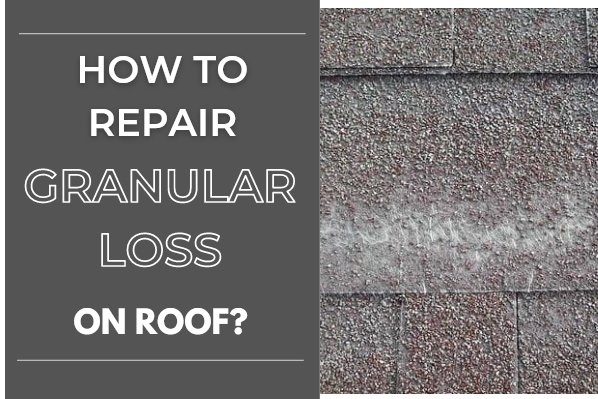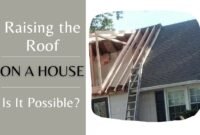Most homeowners are curious about how to repair granular loss on roofs, thinking always the worst and believing they will spend a fortune. If you understand more about roofing granules, you’d know it’s not always the case.
Not only can you learn about the appropriate repair, but you can also prevent it from happening.
What Is Granular on Roof?
Roofing granules are more than just a decorative element; they are critical in protecting shingles from external elements. These granules, composed of sand, minerals, and crushed stone, form a robust protective layer.
They shield your roof from UV rays and help regulate temperature, which can be especially beneficial in regions with extreme weather conditions. In my experience, lighter-colored granules or those with special reflective features significantly contribute to lowering energy costs by keeping the roof cooler.

Why Is My Roof Losing Granules?
Before you know how to repair granular loss, you must know what it is and why it happens. Granular loss is tiny particles shedding from asphalt shingles’ surface. You’d know when your shingles are shedding because they become worn and dull – no longer attractive or visually pleasant.
Read also: What Are Composition Shingles?
The most common cause is age, but weathering is another factor. Over time, exposure to external elements causes shingles to break down; losing granules is a normal part of this process. Extreme temperatures and UV exposure can accelerate the deterioration.
Physical damage, such as debris or hail, can cause granules to loosen and fall off. Don’t underestimate this granular loss; it can expose the underlying asphalt to UV rays, making it more prone to cracking and brittleness and ultimately leading to leaks or structural damage.
How to Fix It?
If you notice a significant loss of granules, immediate action is necessary to prevent further damage. One experienced roofer explains,
“Patching up minor granular loss can be done by applying roofing cement under the shingle edge where granules are missing, and pressing in extra granules that match the existing color and texture.”
However, it’s crucial to let the cement cure fully before walking on the repaired area to avoid further damage. For more extensive granular loss, it’s advisable to consult with a professional to assess the overall condition of your roof.
It’s wise to leave the repair work to a professional expert instead of doing it yourself. If you aren’t experienced with roof repair, it will only endanger you and the roof’s integrity.
One way to prevent the damage is to schedule regular inspections with a professional, who can identify risky areas and recognize the possibility of risks before they become major problems.
You can help by ensuring the gutters are debris-free, as clean gutters can significantly reduce the shedding of granules. Additionally, avoid physical damage to the shingles by trimming trees and avoiding unnecessary foot traffic on the roof.
How to Apply Roofing Granules?
For those considering a DIY approach, it’s essential to follow a careful process to ensure proper application. First, gently clean the affected area with a soft brush to remove dirt and debris. Then, apply high-quality roofing cement beneath the shingle edges where granules are missing.
Carefully press replacement granules into place using a trowel, and allow sufficient curing time based on the manufacturer’s instructions. Always prioritize safety by wearing proper fall protection gear.
Additional Information on Preventing Granular Loss
| Granular Loss Cause | Recommended Action | Preventive Measures |
|---|---|---|
| Age and Weathering | Regular inspections; replace damaged shingles promptly | Use high-quality shingles with UV resistance |
| Physical Damage (Debris, Hail) | Apply roofing cement and granules; consider professional help | Trim nearby trees; avoid walking on the roof |
| Poor Installation or Quality | Replace affected shingles; consult a roofing expert | Hire certified professionals; choose quality materials |
| Excessive Foot Traffic | Minimize roof access; repair affected areas immediately | Install walk pads or restrict access |
Final Words
The roof is one of the most crucial parts of the house, so it’s essential to be cautious and proactive about its care. While it’s helpful to understand how to repair granular loss, it’s often best to leave it to the professionals to avoid exacerbating the problem with a DIY approach.


